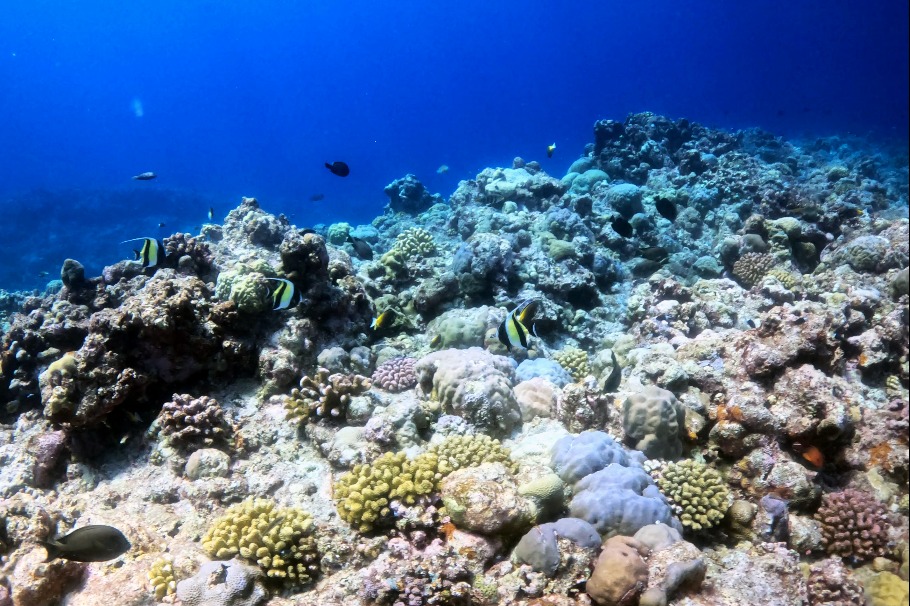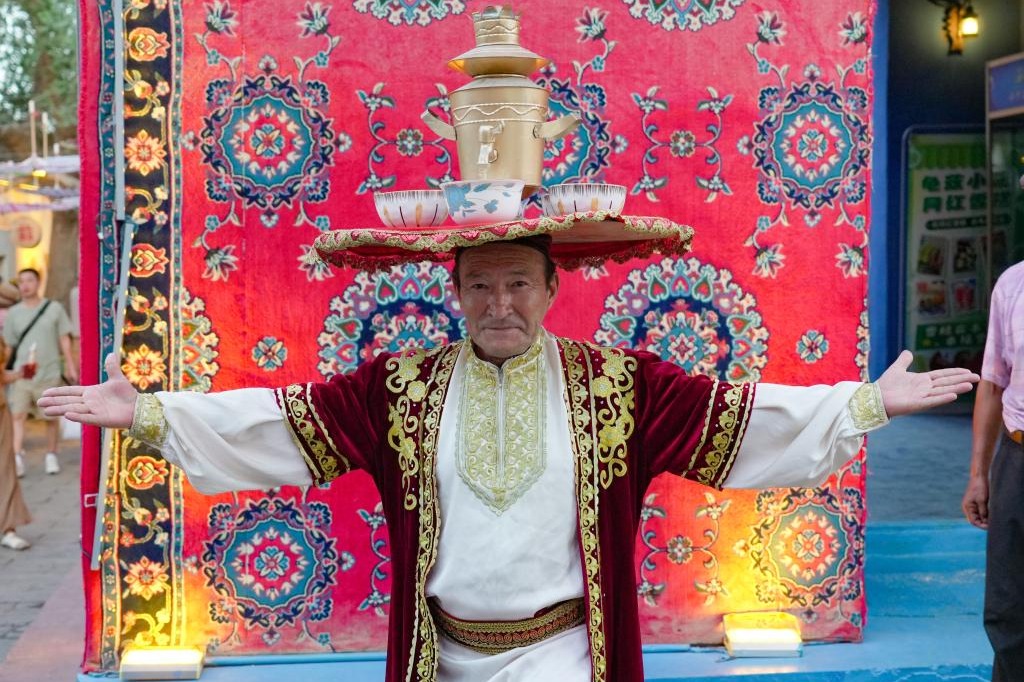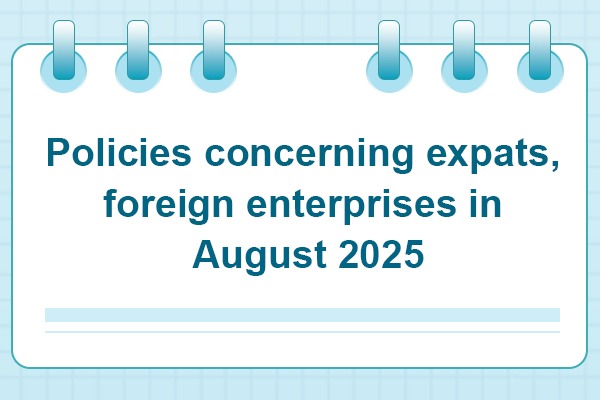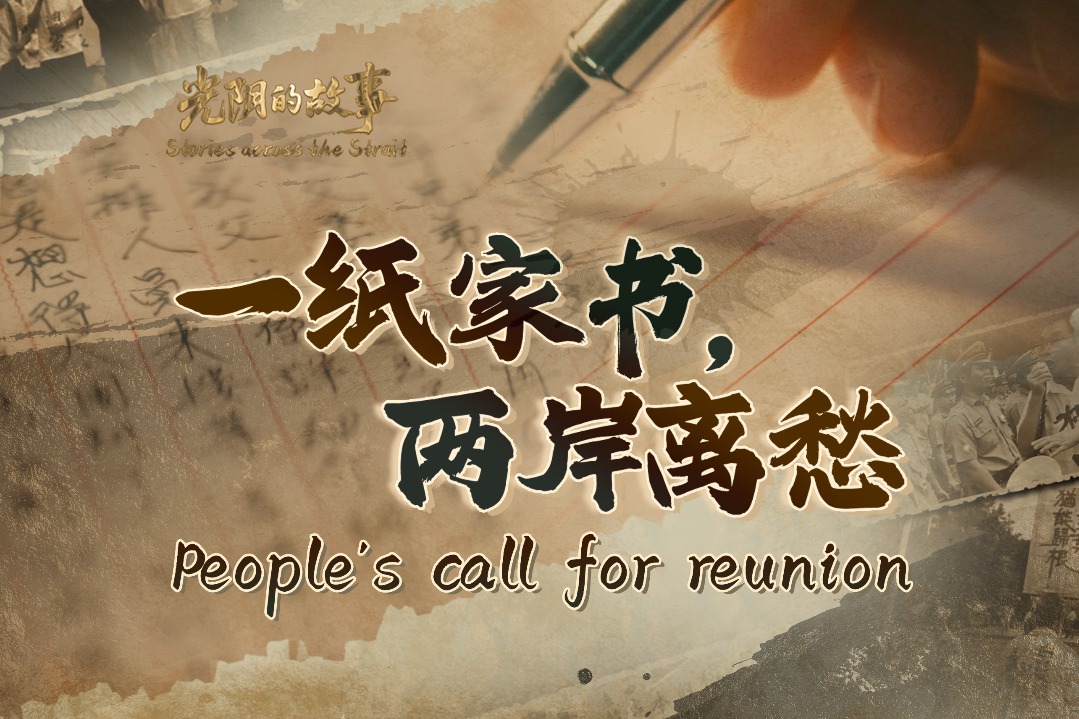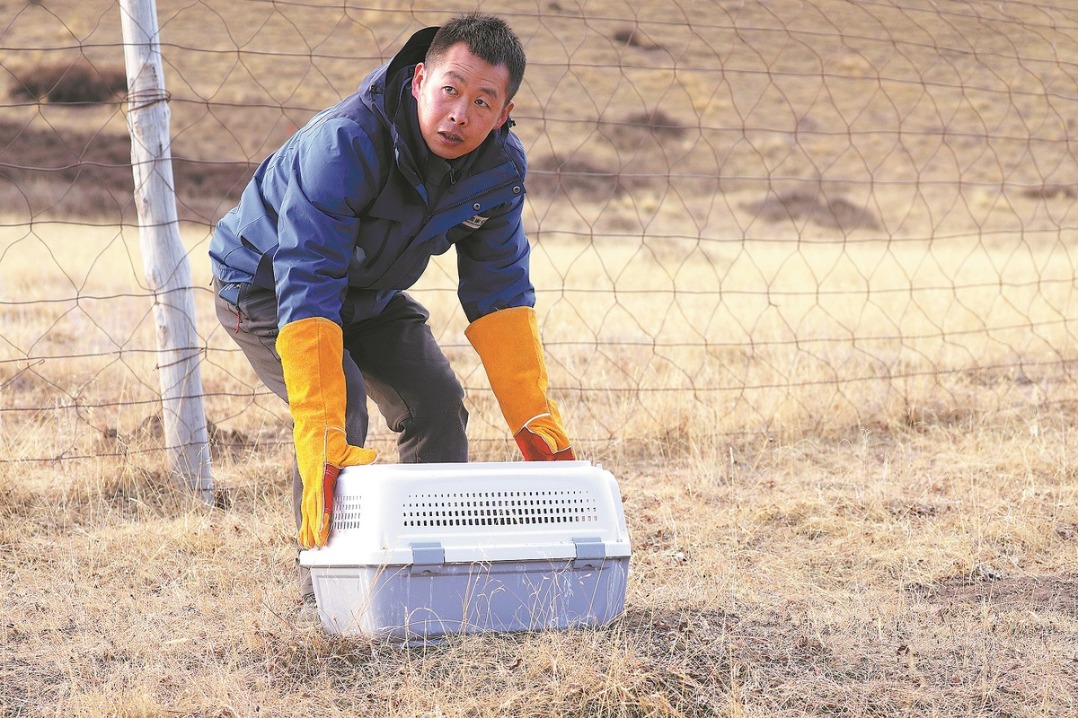Climate change hits the poorest hardest


Pollution concerns
Crucially though, the 35 C survivability threshold only applies to people in good health. For children and the elderly, especially the poor, 35 C may breach the survivability limit, and even temperatures a few degrees lower can still be life-threatening.
Aggravating these circumstances is the fact that global warming is also associated with high levels of pollution. Copious fossil fuel residues-such as ozone, sulfur dioxide and nitrogen dioxide-are being pumped into the atmosphere, and increased warming over prolonged periods also causes plants to release more pollen into the atmosphere.
Children are more at risk than adults because they inhale more air in proportion to body weight. As such, they ingest more pollutants with every breath, and as their respiratory systems are still developing, they absorb a higher volume of toxins, many of which stay in the body, according to Chan.
As a result, asthmatic children are likely to experience attacks more frequently, while people with emphysema and bronchitis are more likely to experience aggravated respiratory diseases.
Hot weather also provides the perfect environment for infectious diseases to breed. In Hong Kong, people age 75 and older are highly vulnerable, with a 9.6 percent higher risk of hospitalization for contagious illnesses, relative to 3.7 percent for people age 15 and younger.
Moreover, many seniors have chronic diseases such as diabetes, high blood pressure and cardiovascular disease, which affect the body's ability to withstand infectious diseases, Chan said.
- Easier tax refunds for intl tourists in Shanghai
- Jianjiangyan irrigation system added to world heritage list
- World Laureates Association announces 2025 prize winners
- China Eastern Airlines launches regular flight between Nanchang and Macao
- Menagerie of floats to converge on Shanghai for tourism festival
- New aquatic product center opens for business in Guangzhou

















